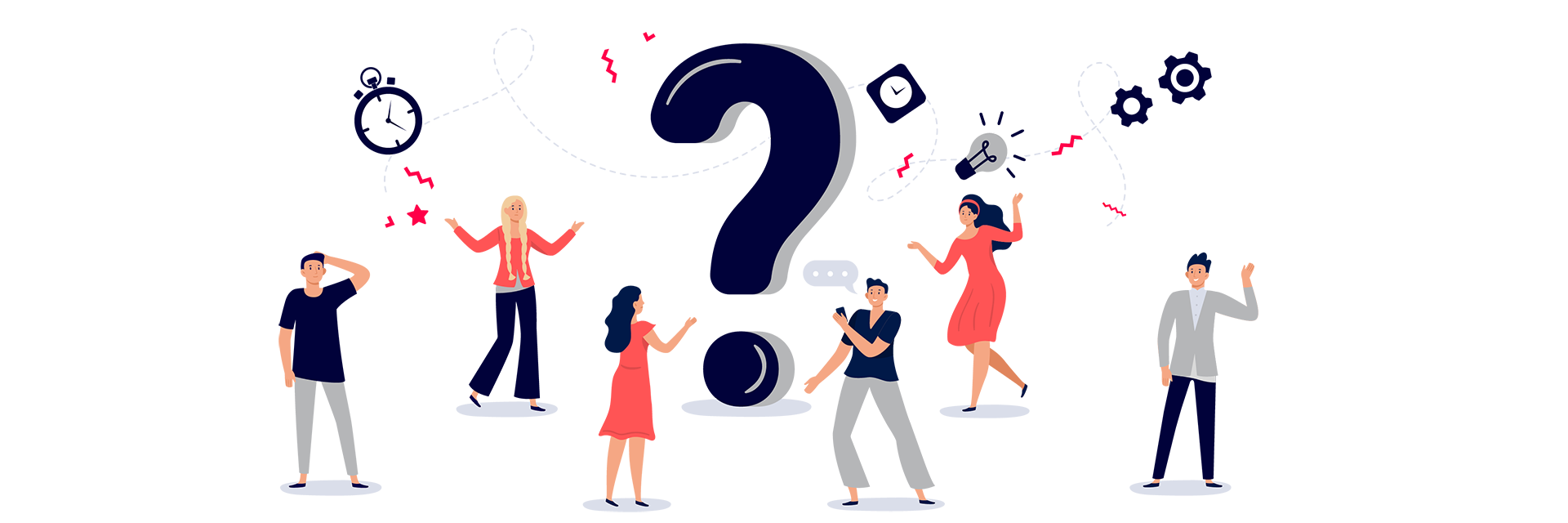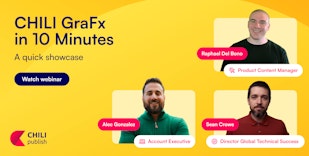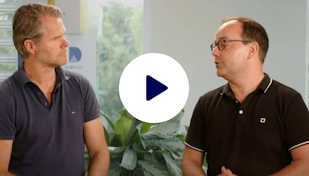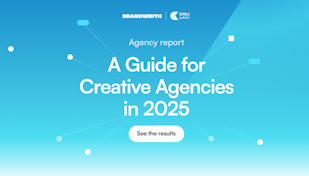5 reasons why personalization at scale should not scare you

There’s no denying that the medium of visual communication is booming, and as a result it’s driving the importance of utilizing creative automation as part of that process. Adopting personalization on a bigger scale can be a daunting prospect, but that doesn’t mean you should abandon the idea.
I’ve spent time with customers and prospects who have been put off by past mistakes with design automation, and it’s inspired me to delve a little deeper and share why embracing brand optimization isn’t so scary after all.
How to tackle Personalization at Scale on 5 different levels
1. Data is not the Boogie Man.
GDPR rules and regulations aside, the biggest problem a lot of companies think they face is data hygiene. It’s not. Data maturity is. When you’re personalizing your marketing, you must be sure your data has been regularly updated and maintained to ensure the details contained therein are up to date and always reliable.
You may have the best marketing idea in the world, but if your data is okay at best, it’s already doomed to fail. Luckily, you don’t have to go at it alone. Integrating with a robust DAM/PIM system will give you that data hygiene piece of mind.
A smart integration with a design automation tool that maximizes that data continuously, will deliver the data maturity you need to make true personalization at scale happen. Embrace the data potential, work with partners that can teach you how to yield it.
Data adoption comes first, data maturity gets the job done, better.
Kevin Goeminne
CEO - CHILI publish
2. The right tools and technology work with you, not for you.
Personalization on any scale, however big or small, simply doesn’t work if the right technology tools aren’t in place. Using an unconnected system or utilizing a tool that’s too limited in scope or capability is a sure-fire way of doing your branding ambitions an injustice.
It’s all about thinking the process through properly and deciding exactly how you want to leverage this technology and what function you want it to perform. Do you want to Do It Yourself and take on full responsibility for every aspect of your project, or do you opt for a Do It For You approach, where partners provide support and take away the pressure of building something to scale?
Pick the right tool so it grows with your business. It’s easy to go for something smaller and cheaper that does the job right now, but cost-effective doesn’t always mean result-effective, especially when you’re envisioning a growth path. What happens when a user wants more but you’re not able to deliver? Sound familiar? Try looking at a model to scale with your ambitions. Start small and grow big with the right approach.
In growth, cost-effective isn’t always result-effective.
Kevin Goeminne
CEO - CHILI publish
3. Technology won’t ROI if your business model lacks vision
In an ideal world, every technology update starts paying itself back from the get-go. In practice, we see the return on investment translate itself into actual business revenue if the business model is robust and the business process visionary.
Whether you’re a service provider, a growing brand owner or a retailer, you need to assess the shelf life and repeatability of your product or service. A one-off piece of personalized marketing vs a household commodity with high demand requires different tools, different design efforts and vastly different functionalities.
That’s why you need to set the right growth path and prepare a business model that’s realistic to your goals. Utilizing Smart Templates is just one of many ways you can start using processes such as design automation to make your personalized service more efficient while driving your ROI in the long run.
Tech tools only ROI if you do.
Kevin Goeminne
CEO - CHILI publish
4. Resistance to change is always the biggest obstacle
So, you want to change how your design process works, but is your team as open to the idea as you are? Your designers are understandably worried about how automation and creativity can co-exist. Will one displace the other? Will it really help them work more efficiently?
If they’re not convinced, then show them how even a LEGO designer could benefit from utilizing design automation in the creative process. Creative automation doesn’t take the heart out of the creativity. By no longer creating packaging artwork manually it gives designers room to breathe and takes away the duplication stress and errors that come with.
Never underestimate the discrepancy between change and wanting to change.
Kevin Goeminne
CEO - CHILI publish
5. Quantity is the perk, quality the goal
Creative automation has the power to simulate the quality of human input without the time input needed to create something from scratch every time. Creative automation delivers creative freedom. CHILI publisher features such as Dynamic Layouts and Smart Crop will produce outstanding visuals so good, you’ll think a designer really did create them by hand.
But design automation doesn’t do the creative work for you. It simply elevates your existing creative output by making it easier for customers to access it.
If your quality wasn’t good enough to begin with, then a personalization tool isn’t going to fix that problem for you. But if you’re confident in your product and service and the creative skills of your team, then creative automation will make your work excel. Like it did for these SPICY stars.
Conclusion
Personalization at scale really is a profitable business, you just have to utilize the right tools to leverage your in-house creativity. Automation can be scary, but that doesn’t mean it has to frighten you away from realizing the true potential of your marketing dreams.
Read up. Educate yourself. Broaden your horizons.
Go for it.
Fear is a bad advisor.
Kevin Goeminne
CEO - CHILI publish
Quick Q&A
What is the difference between personalization and customization in marketing?
Personalization enables marketing professionals to tailor a campaign or piece of marketing collateral based on data/knowledge the team has on generic personal preferences or commonly shared traits of their customers. When done right, it will result in customer developing an affinity for your brand, favoring your product or service over any other competitor.
If marketers work with specific (GDPR-compliant) information targeted towards one singular customer or prospect, we call this customization. This is highly tailored to one specific individual and generally considered to be the most effective, yet expensive marketing effort.
What is mass personalization?
Mass personalization is a quantity exercise applied to a selection of commonly shared preferences among the brand’s customer audience.
Like the Coca-Cola’s ‘Share a Coke’ campaign – where marketers made a selection of the most popular names per country. The marketing popularity create a true label hype for the brand. Very effective when done right, but not within everyone’s resource scope or marketing focus.
What is mass customization?
Mass customization is all about making customers feel like they are the only ones being contacted. It applies the tailored 1-1 outreach to a bigger customer base. Brands that have meticulously maintained their database (PIM/DAM) will have access to detailed data per individual for singular or mass use. It allows brands to create a batch that pinpoints specific traits shared among the group, yet still generates marketing collateral that feels targeted to each individual. This is considered the most effective (and most expensive) marketing strategy to date but requires an integrated approach to creative automation and data maturity.
What is personalization at scale?
Personalization at scale brings the brand closer to its customer base through carefully curated content that is tailored to the broader audience. It broadens the personalization marketing approach to a bigger focus group. Marketing to a larger audience with a personalized message is all about having the right market data, a creative team and the right tools.
It’s a simple idea that perfectly marries the identity, style and persona of a brand with a customer’s affinity for the product. Like the Nutella ‘Your Personalized Nutella’ campaign. It smartly integrated lead gen with brand affinity and user-friendly data collection.
Great personalized and customized marketing can be done by any business, not just the biggest household names. CHILI publisher is applied by brands of any size to create their own take on this kind of marketing and brand customization, including Tadaaz with its personalized facemasks and KAN Design’s signage templates.
Marketing
Kevin Goeminne
Feb 25, 2021


